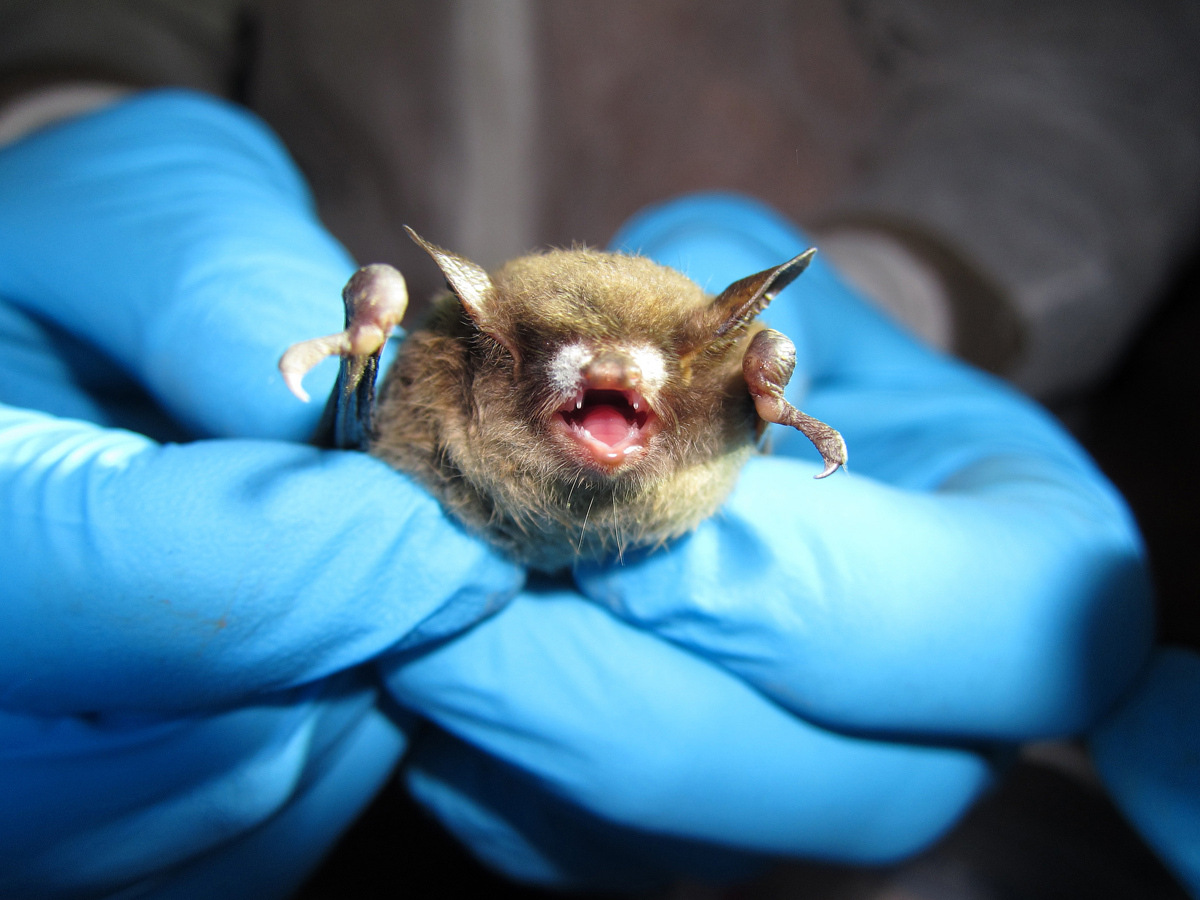
White-Nose Syndrome is a devastating disease affecting bats across North America. Caused by the fungus Pseudogymnoascus destructans, it has led to the deaths of millions of bats since its discovery in 2006. This disease gets its name from the white fungal growth that appears on the noses, wings, and ears of infected bats. Why should you care? Bats play a crucial role in ecosystems by controlling insect populations and pollinating plants. The rapid decline in bat populations due to White-Nose Syndrome could lead to significant ecological imbalances. How does it spread? The fungus thrives in cold, damp environments like caves and mines where bats hibernate, making these places hotspots for infection. Understanding White-Nose Syndrome is vital for conservation efforts and maintaining biodiversity.
Key Takeaways:
- White-Nose Syndrome is a deadly disease affecting bats, causing millions of deaths and disrupting ecosystems. Efforts to combat it include decontamination, research, and public awareness campaigns.
- Bats play a crucial role in ecosystems, and their decline due to White-Nose Syndrome can lead to increased insect populations and impact crop yields. Conservation efforts and international collaboration offer hope for their future.
What is White-Nose Syndrome?
White-Nose Syndrome (WNS) is a devastating disease affecting hibernating bats. It gets its name from the white fungus, Pseudogymnoascus destructans, that appears on the noses, wings, and bodies of infected bats.
-
White-Nose Syndrome was first discovered in New York in 2006. The disease has since spread to 33 states in the U.S. and seven Canadian provinces.
-
The fungus thrives in cold, damp environments. This is why it primarily affects bats during hibernation in caves and mines.
-
WNS has caused the death of millions of bats. Some species have seen population declines of over 90%.
How Does White-Nose Syndrome Affect Bats?
The disease disrupts the hibernation cycle of bats, causing them to wake up more frequently and use up their fat reserves.
-
Bats with WNS often exhibit unusual behavior. They may fly outside during the day in freezing temperatures, which is not normal for hibernating bats.
-
Infected bats lose body fat rapidly. This leads to starvation before the winter ends.
-
The fungus damages the skin of bats. This includes their wings, which are crucial for flight and temperature regulation.
The Spread of White-Nose Syndrome
Understanding how WNS spreads is key to controlling it. The fungus can be transmitted in several ways.
-
Bats can spread the fungus to each other. Close contact in hibernation sites facilitates this transmission.
-
Humans can inadvertently spread the fungus. Spores can cling to clothing, shoes, and gear, moving from one cave to another.
-
The fungus can persist in the environment. Even if no bats are present, the spores can survive in caves for years.
Efforts to Combat White-Nose Syndrome
Scientists and conservationists are working tirelessly to find solutions to this crisis.
-
Decontamination protocols have been established. These guidelines help prevent the spread of the fungus by humans.
-
Research is ongoing to find a cure or treatment. Scientists are exploring various methods, including antifungal treatments and vaccines.
-
Public awareness campaigns are crucial. Educating people about WNS and how to prevent its spread is a key part of the strategy.
The Impact on Ecosystems
Bats play a vital role in ecosystems, and their decline has far-reaching consequences.
-
Bats are natural pest controllers. They consume vast amounts of insects, including agricultural pests.
-
The decline in bat populations can lead to increased insect populations. This can affect crop yields and increase the need for pesticides.
-
Bats also play a role in pollination and seed dispersal. Some plants rely on bats for these essential processes.
The Future of Bat Conservation
The fight against White-Nose Syndrome is ongoing, but there is hope.
-
Some bat populations show signs of resistance. Certain colonies have survived despite the presence of the fungus.
-
Conservation efforts are expanding. More resources are being dedicated to protecting hibernation sites and researching the disease.
-
International collaboration is increasing. Countries are working together to share information and strategies to combat WNS.
Interesting Facts About White-Nose Syndrome
Here are some lesser-known but fascinating facts about WNS and its impact.
-
The fungus is believed to have originated in Europe. European bats seem to have a natural resistance to it.
-
WNS affects different bat species differently. Some species are more susceptible than others.
-
The disease has not been found in tropical regions. The warmer climates are not conducive to the fungus's growth.
-
Bats are not the only animals affected by fungi. Other wildlife diseases caused by fungi include chytridiomycosis in amphibians.
-
The study of WNS has led to broader research on fungal diseases. This research could benefit other species and ecosystems.
-
Citizen science plays a role in monitoring WNS. Volunteers help track bat populations and report sightings of unusual behavior.
-
WNS has spurred innovation in bat conservation. New technologies and methods are being developed to study and protect bats.
-
The fungus can be detected using DNA analysis. This allows for early detection and monitoring of its spread.
-
Bats with WNS may have a higher metabolic rate. This could explain why they deplete their fat reserves so quickly.
-
Artificial hibernation sites are being tested. These controlled environments could help protect bats from the fungus.
-
WNS has highlighted the importance of biodiversity. The loss of one species can have a ripple effect on entire ecosystems.
-
Public support is crucial for conservation efforts. Donations, volunteer work, and advocacy all play a role in combating WNS.
The Fight Against White-Nose Syndrome
White-Nose Syndrome has devastated bat populations across North America. This fungal disease, caused by Pseudogymnoascus destructans, disrupts hibernation, leading to starvation and death. Bats play a crucial role in controlling insect populations, making their decline a significant ecological concern.
Efforts to combat this disease include habitat protection, research on fungal biology, and developing treatments. Scientists and conservationists are working tirelessly to find solutions. Public awareness and support are vital in these efforts.
Understanding the importance of bats and the threats they face can help drive conservation actions. By supporting research and conservation initiatives, we can help protect these essential creatures and maintain ecological balance. The fight against White-Nose Syndrome is ongoing, but with continued effort and collaboration, there is hope for the future of bat populations.
Frequently Asked Questions
Was this page helpful?
Our commitment to delivering trustworthy and engaging content is at the heart of what we do. Each fact on our site is contributed by real users like you, bringing a wealth of diverse insights and information. To ensure the highest standards of accuracy and reliability, our dedicated editors meticulously review each submission. This process guarantees that the facts we share are not only fascinating but also credible. Trust in our commitment to quality and authenticity as you explore and learn with us.


